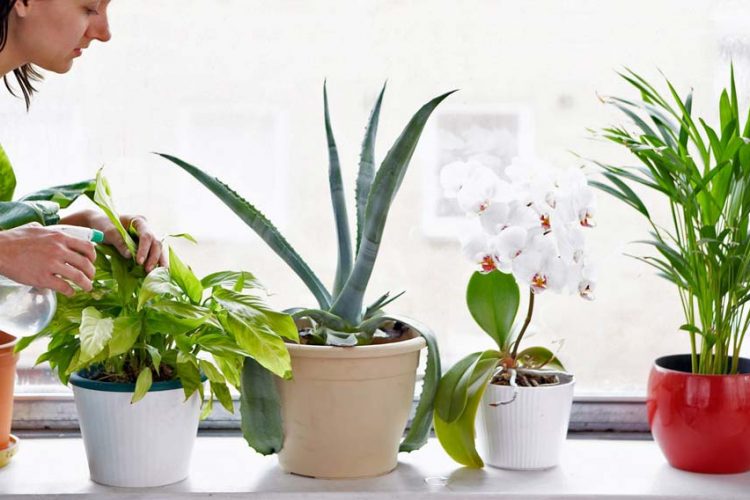Once you’ve settled in your new home, you can give some thought to the landscape design you prefer. It will suit your lifestyle and needs and can be as straightforward or as complex as you like and have room for. You’ll need plants in any design, so how do you choose them? Here are some tips from professional landscapers:
- While there are many beautiful plants, you won’t be able to fit them all in. If you try with just one of everything, your garden area will most likely look somewhat hodge-podge, with no cohesion to tie it all together.
- If you work in a small area, your choice may be even more limited. One way to choose plants is to ensure they can do more than one function. For instance, an espaliered apple tree can provide privacy, cover an unsightly wall or fence, and give you fruit. A tree or shrub can have exciting bark, give vertical interest, provide shade, and also delight you with perfumed flowers in season. If the leaves have a pretty autumn colour or if it has berries on it throughout winter, so much the better.
- Contrast colours. When choosing plants there are many different shades and hues, not just in the flowers, but the foliage. Find greens that contrast and plant darker greens in the background with lighter greens in the front, or have them side by side. You can also find plants with deep red or chocolate-colored leaves. A rich burgundy or purplish colour paired with chartreuse finds both colours enhanced.
- Look at shapes. Contrasting shapes is another thing to consider when choosing plants. Broad, round, thin, spiky leaves, pendulous or vertical – all interest the garden and overall design. The overall shape of each plant can also be a factor in your choice. Round mounding shapes look good with taller more vertical shapes.
- Some repetition provides cohesion. Try a couple of different plants with the same or similar coloured foliage. Two or three different plants with silvery blue foliage and a couple more with that golden look that brightens your day will look fabulous.
- For some people, a garden is all about annuals. But while showy in season, these create a lot of work because they must be replaced frequently. Consider using perennials or shrubs and trees that will be permanent and give visual interest all year round. Choose evergreen columnar shapes to contrast with a rectangular hedge or trees with pendulous or weeping branches. Just ensure you know how tall each one will be when mature and that it is not planted where it will be a nuisance.

